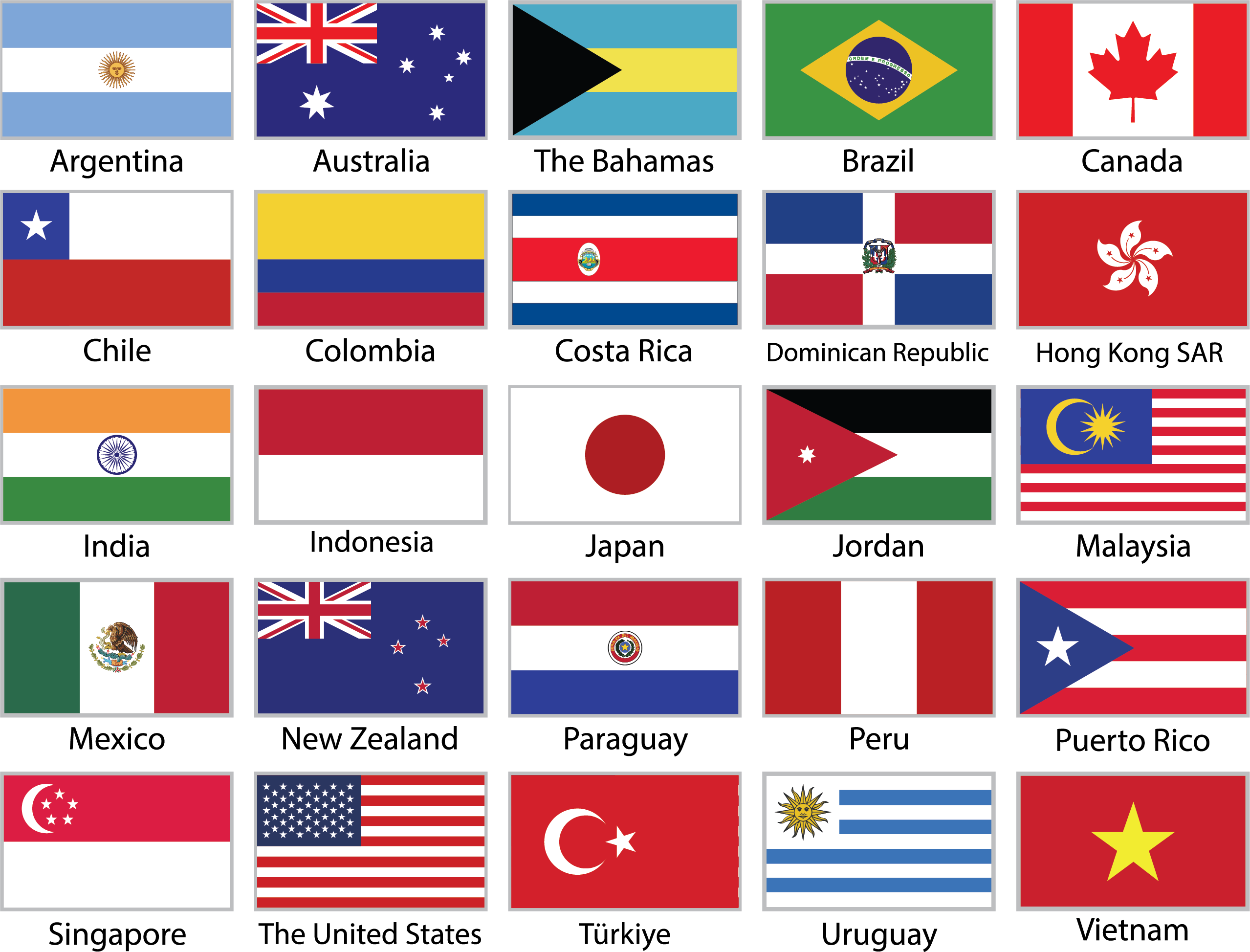It was love at first sight when I saw Nellie’s Nest eggs. It wasn’t because these eggs came from roaming chickens, though I eat no other kind. The Humane Seal of Approval (Certified Humane) was an asset.
I also appreciated the fact that each egg would provide me with 200 mg of Omega-3 fatty acids. But what really grabbed me was the name and the story that went with it. Under the lid of the box, I read that the owner of Nellie’s Nest, Jesse Laflamme, once had a pet chicken named Nellie. From the Nellie’s Nest box, I know the name of the New Hampshire miller who grinds the meal the chickens eat. We put faces on our food when we buy direct from growers at farmers’ markets and through community-supported agriculture programs and talk to the sellers about what’s in season and how the weather is affecting their crops. When we do so, we see there are people — and animals — responsible for the food we eat. We begin to understand the sacrifices that producing food requires: long hours of human labor, animals’ efforts or their lives, the use of valuable land.
Making connections with the people who grow our food helps us to make wiser choices for ourselves and our communities. It may lead us to support efforts to minimize pesticide use, preserve farmland and require the humane treatment of farm animals.

Kennebec Journal : Know Who Makes What You Eat
Posted: July 30, 2005 by Certified Humane
It was love at first sight when I saw Nellie’s Nest eggs. It wasn’t because these eggs came from roaming chickens, though I eat no other kind. The Humane Seal of Approval (Certified Humane) was an asset.
I also appreciated the fact that each egg would provide me with 200 mg of Omega-3 fatty acids. But what really grabbed me was the name and the story that went with it. Under the lid of the box, I read that the owner of Nellie’s Nest, Jesse Laflamme, once had a pet chicken named Nellie. From the Nellie’s Nest box, I know the name of the New Hampshire miller who grinds the meal the chickens eat. We put faces on our food when we buy direct from growers at farmers’ markets and through community-supported agriculture programs and talk to the sellers about what’s in season and how the weather is affecting their crops. When we do so, we see there are people — and animals — responsible for the food we eat. We begin to understand the sacrifices that producing food requires: long hours of human labor, animals’ efforts or their lives, the use of valuable land.
Making connections with the people who grow our food helps us to make wiser choices for ourselves and our communities. It may lead us to support efforts to minimize pesticide use, preserve farmland and require the humane treatment of farm animals.
Category: news